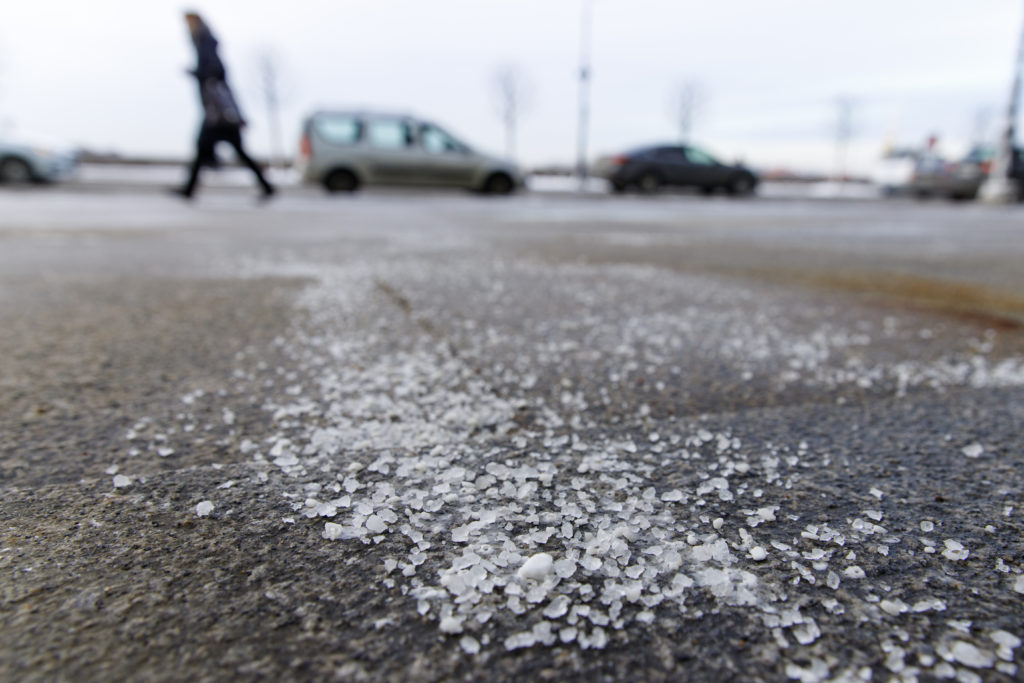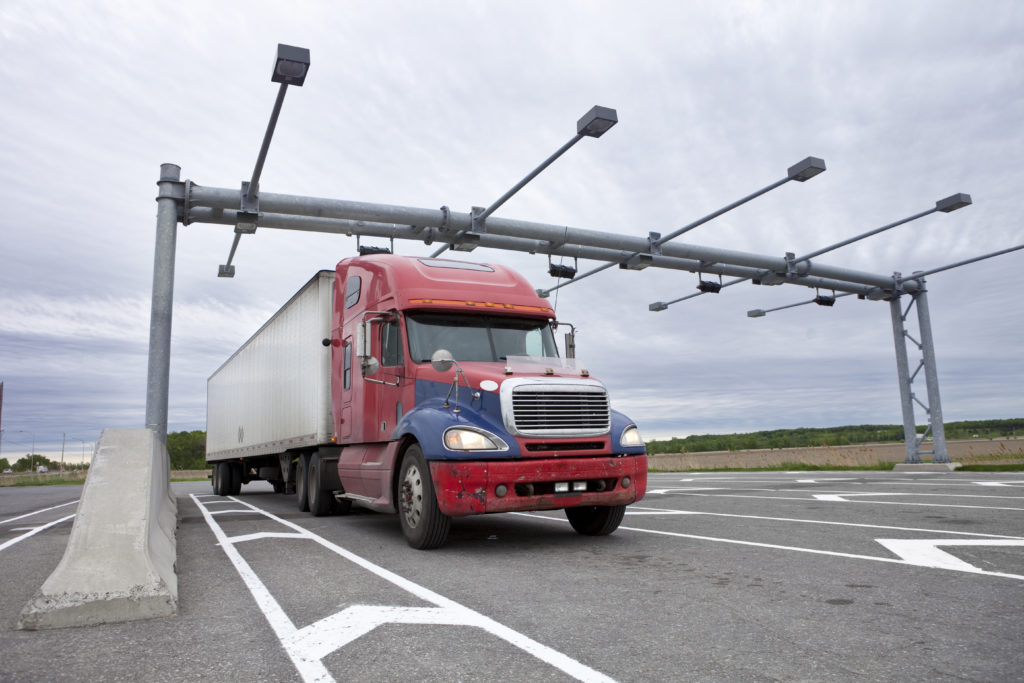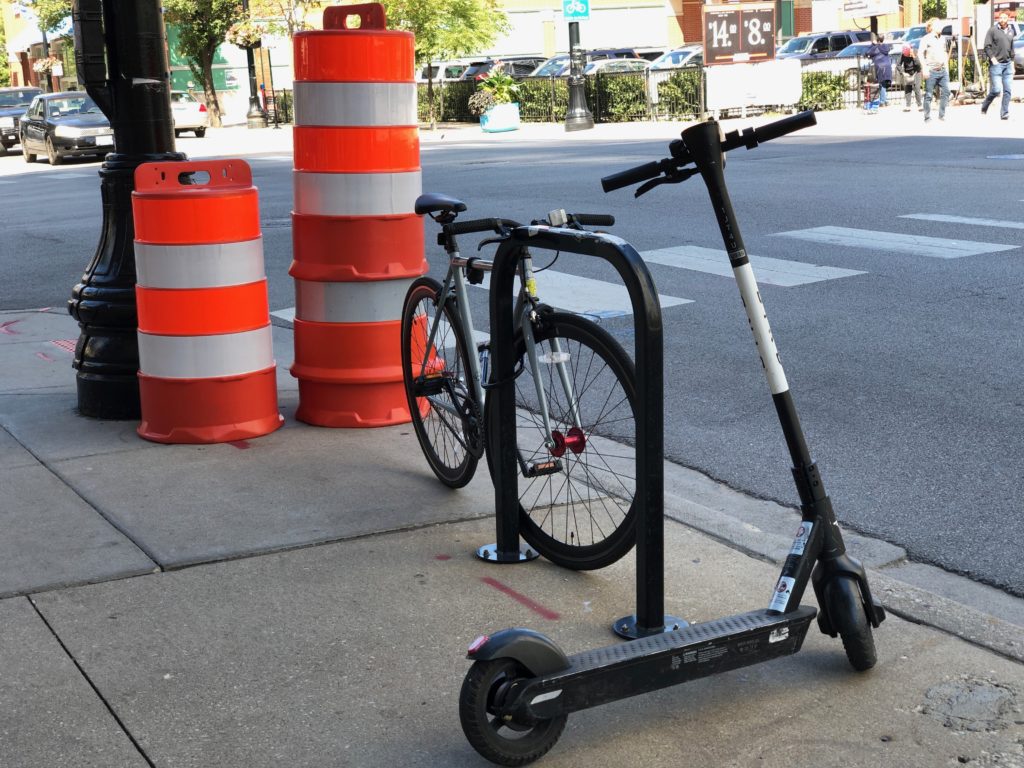Risk management strategies are coming to the forefront of trucking company upgrades in this current era of technology, especially while fleets are seeing more and more of a need to protect their employees while simultaneously protecting themselves from liability–and the high costs that are involved when a truck is found to be at fault in an accident.
With a solid risk management strategy, a fleet should be able to easily mitigate all possible risks and safety breaches, including any potential crashes or unsafe circumstances where a driver would be at fault. Of course, avoiding any unsafe situations is the top priority for any fleet.
Still, driver performance perfection is impossible, as is complete prevention of any obstacles throughout an entire trucking operation. Therefore, a fully-developed and efficient risk management strategy is vital for any business in the transportation sector.
“Without a risk management program, when an event happens, you have no guidelines of what you asked the driver to do or not to do,” explained Halvor Lines’ chief risk officer, Adam Lang. “Having a risk management program sets the baseline of expectations.”
It’s much easier for a company not to lose huge amounts of money in a nuclear verdict if fleets are able to keep efficient records and safety data easily accessible and up-to-date, and these records clearly show that drivers are adequately trained and vetted, Lang noted.
Additionally, a trucking company’s risk management strategies should clearly outline all processes for proper driver on-boarding, coaching, and consequences if rules are broken. These policies should also include any road accident reports, data analysis, and comprehensive investigation information. Risk management strategies should be made transparent and explained thoroughly to all employees, and these policies should be regularly re-evaluated. According to Lang, all employees in a fleet, including management and truck drivers, should be held individually responsible for safety policy adherence.
Lang explained that Halvor has implemented heavily-structured hiring guidelines to bring on new truckers, which includes accident and safety history reports, drug and alcohol testing, and reference checks.
“We also require drivers to do a very large amount of pre-employment training,” he noted. “They need to check a lot of boxes before showing up to orientation.”
Like many aspects of driver on-boarding, risk management strategies are becoming heavily digitized within the trucking world. Now, many truck companies are able to receive real-time driver performance information using comprehensive digital driver management platforms. The data accumulated in these programs is then used to find the areas in which truck driver coaching may be necessary.
“The best risk program is preventing accidents from happening in the first place,” said Idelic CEO, Hayden Cardiff.
Idelic is a driver management software development company that allows users to implement methods of compliance, operations, safety, driver retention and driver training within one program.
With artificial intelligence programming, Idelic’s Safety Suite is able to help fleets “understand driver behavior to assign risk proactively and predictively, giving fleets understanding of why that driver is at risk, how much each event contributes to risk scores, and allows them to assign corrective action and coaching over subsequent weeks,” said Cardiff.
Driveri, a fleet safety platform from Netradyne, offers road object monitoring through artificial intelligence and on-board cameras to give insight into how a particular driver navigates various safety threats. According to Netradyne’s commercial fleet team president, Adam Kahn, safety managers can utilize this kind of technology to address risks as they take place.
For example, if a trucker is seen on his mobile phone in real time, he or she may be given helpful coaching through an audio message, Kahn explained–but positive behaviors can also be addressed, of course.
“If you’re going to coach your workforce, we take the stance of, maybe you don’t always point the finger, but you can give them a thumbs-up,” he said. “That is a really powerful thing. It is hard to replace drivers. The goal shouldn’t be ‘How do I get my worst drivers out?’ but [rather], ‘How [do I] get my fleet to act like my best drivers?”
For Lang’s company, unsafe driving behavior and violations have significantly declined since implementing these kind of technologies.
“We’ve seen a decrease in DOT recordable collisions,” he said. “We’ve seen a decrease in rear-end collisions, though part of that is implementing more collision mitigation [technology] in our trucks.”
The live driver monitoring has also helped the company “change the approach with how [we] deal with the other party [in an incident],” he added.






